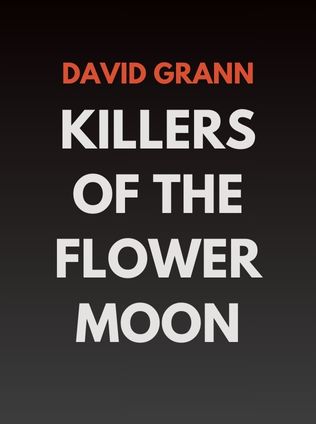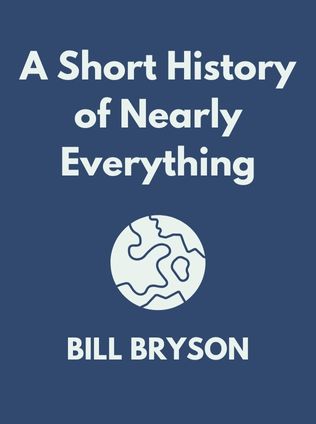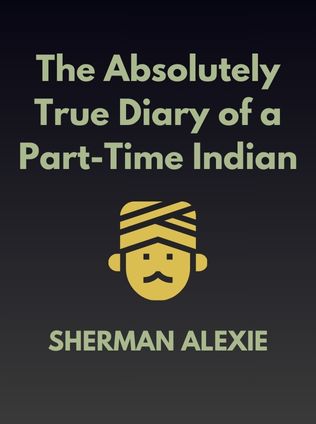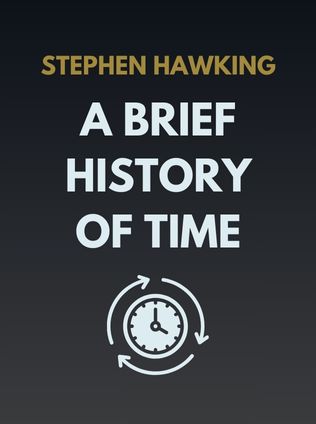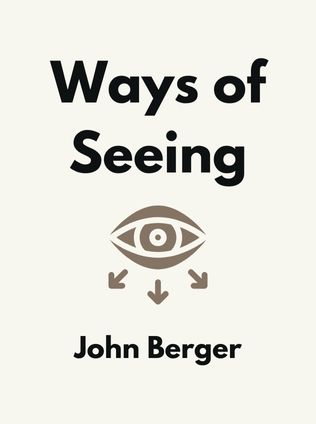
About the Author
John Berger was a towering figure in 20th-century art criticism, renowned not only for his deep insights into visual culture but also for his ability to make art accessible to the general public. Born in London in 1926, Berger's early foray into the world of art was as a painter, a vocation that would later inform his understanding of the visual medium. His work as a painter allowed him to engage with art on a practical level, giving him a unique perspective when he transitioned into the realm of art criticism and literature.
Berger's writings are characterized by their focus on the intersection of art, politics, and society. He was a Marxist, and this ideology deeply influenced his analysis of art and culture. Berger believed that art should not be viewed in isolation from the societal and economic contexts in which it was produced. This belief is at the core of his seminal work, Ways of Seeing, published in 1972. The book challenged conventional art criticism and argued that our ways of seeing art are shaped by social, economic, and political forces.
Beyond his critical work, Berger was also a celebrated novelist, essayist, and screenwriter. His novel G. won the Booker Prize in 1972, the same year Ways of Seeing was published. Berger's influence extends far beyond the art world, as his writings continue to inspire and provoke thought across various disciplines.
Main Idea
Ways of Seeing is a revolutionary text that fundamentally alters our understanding of visual culture. Berger's primary thesis is that the way we see things is not natural or objective; rather, it is shaped by societal structures and power dynamics. He argues that art has been historically used by the elite to reinforce their dominance and that traditional art criticism often serves to mystify this relationship, making it harder for the general public to understand the true implications of what they are seeing.
Berger challenges the notion that art appreciation requires a specialized knowledge or expertise. Instead, he encourages readers to trust their own perceptions and to question the authority of traditional art critics. By demystifying art, Berger aims to empower the viewer to see beyond the surface and to recognize the social and political contexts that influence their interpretation of images.
Table of Contents
- Introduction - The Power of Images
- Chapter 1 - Understanding Mystification
- Chapter 2 - The European Tradition of Oil Painting
- Chapter 3 - Nudes and Objectivity
- Chapter 4 - The Impact of Reproduction
- Chapter 5 - Advertising and Its Mystifications
The Power of Images
At the heart of Ways of Seeing is the idea that images are not just passive reflections of reality, but powerful tools that shape our perceptions and understanding of the world. Berger begins by deconstructing the notion of an "image" itself, distinguishing it from a "sight." A sight is a direct visual experience, such as seeing a landscape or an object in person. An image, on the other hand, is a reproduction of that sight, detached from its original context and imbued with new meanings by those who create and view it.
Berger argues that this transformation from sight to image is never neutral. The act of capturing a sight as an image inherently involves a selection process, where certain aspects are emphasized while others are downplayed or omitted entirely. This selection process is influenced by the beliefs, experiences, and knowledge of both the creator and the viewer of the image.
For example, consider how three different people might interpret the same image of an iceberg:
- A person concerned about climate change might see the iceberg as a symbol of environmental crisis, focusing on its melting edges and the potential for rising sea levels.
- A historian might view the iceberg through the lens of the Titanic disaster, associating it with tragedy and human hubris.
- A tourist who has visited Alaska might simply appreciate the iceberg's beauty and majesty, recalling their personal experiences in the region.
This diversity of interpretations illustrates Berger's point that our vision is always subjective, shaped by the contexts in which we encounter images. He emphasizes that understanding this subjectivity is crucial to seeing beyond the surface of images and recognizing the deeper societal forces at play.
Berger's discussion of images extends beyond art to encompass all forms of visual media. He argues that in modern society, we are constantly bombarded with images—whether in advertisements, on television, or in social media—that shape our desires, beliefs, and actions. By understanding the power of images, we can begin to question the motivations behind them and resist being passively influenced by them.
"The way we see things is affected by what we know or what we believe." - John Berger
Understanding Mystification
Mystification is a key concept in Berger's analysis, serving as a lens through which he examines the ways in which art has been historically manipulated to serve the interests of the powerful. Mystification, according to Berger, is the process by which the true meaning of an artwork is obscured or distorted, often through the intervention of art critics, historians, and institutions that present a selective interpretation of the work.
Berger asserts that mystification is not an innocent act of interpretation but a deliberate attempt to maintain the status quo by preventing viewers from seeing the social and political realities that underlie the creation of art. By mystifying art, those in power can control its meaning and use it to reinforce their own authority and privilege.
Sign up for FREE and get access to 1,400+ books summaries.
You May Also Like
Freakonomics
A Rogue Economist Explores the Hidden Side of Everything
By Steven D. Levitt and Stephen J. DubnerI Am Malala
The Story of the Girl Who Stood Up for Education and Was Shot by the Taliban
By Malala Yousafzai











